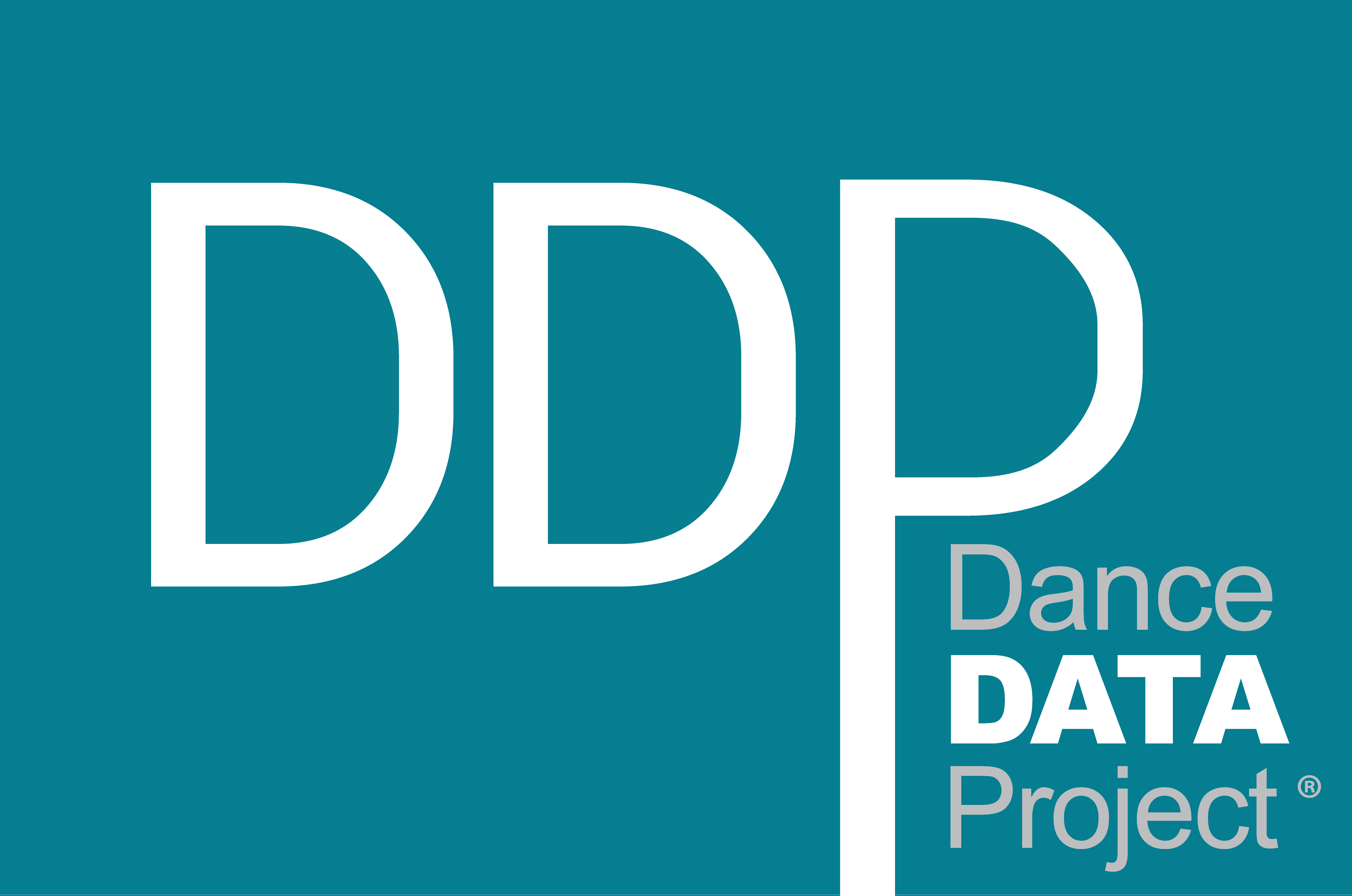By Every Measure, COVID-19 Continues Its Devastation of the Arts
Connecting the Dots – #YesThisIsAnArtsStory Repost from the AFTA ArtsBlog
Randy Cohen | 01 December 2020
As the COVID-19 pandemic continues to rage, so does its devastation of the nation’s arts sector. Since the first U.S. case was reported in January 2020, cancellations have taken place at virtually every arts organization across the country, artists are among the most severely affected segment of the nation’s workforce, and 1 in 10 nonprofit arts organizations doubt their ability to survive the pandemic. It has been unquestionably brutal for the arts. When we get to the other side of the pandemic, however, I believe the arts will be among our greatest assets in helping the nation to recover.
Financial Losses to the Arts & Creative Economy
The arts are a larger segment of the economy than most people realize. The U.S. Bureau of Economic Analysis reports that the nation’s arts and culture sector—nonprofit, commercial, education—is an $878 billion industry that supports 5.1 million jobs. That is 4.5% of the nation’s economy—a larger share of GDP than powerhouse sectors such as agriculture, transportation, and tourism. The arts even boast a $30 billion international trade surplus.
How have things changed since the pandemic? A recent Brookings Institution report shows America’s arts and creative industries lost $150 billion in sales and 2.7 million jobs through July. The “fine and performing arts” alone (commercial and nonprofit) incurred losses of $42.5 billion and a whopping 50% of its workforce (-1.4 million jobs).
Nonprofit Arts Sector is Struggling to Reopen & Compete
Americans for the Arts has been surveying nonprofit arts and cultural organizations about the pandemic’s human and financial impacts since early March (19,800 organizational responses). Nonprofit arts organizations have lost an estimated $14.6 billion to date. 99% of producing and presenting organizations have cancelled events—a loss of 481 million admissions. (The nation’s museums alone were losing $33 million per day at the beginning of the pandemic, per the American Alliance of Museums.)
Organizations have responded to these challenges by laying off/furloughing staff (35%); reducing payroll (30%); and for those that have them, using financial reserves (39%). 63% have increased their online presence to maintain audience and donor engagement and boost revenue.
Nonprofit arts organizations are struggling reopen and stay open. Currently, 41% are open and 59% are closed.
- 12% are open and never closed.
- 29% are open again after having closed.
- 20% are closed but have a target date for re-opening.
- 39% are closed and have no target date for re-opening.
When asked about barriers to reopening, arts leaders listed these as the top four: (1) customers unlikely to attend, (2) government restrictions/guidelines, (3) staff/board do not feel it is yet safe, and (4) impractical to produce art product in current environment. Museums/visual arts organizations are much more likely to be open than performing arts organizations (66% vs. 26%), though at greatly reduced capacity. Of the organizations that are open, more than 80% require social distancing by staff and attendees, use masks and protective equipment, have enhanced cleaning and disinfecting protocols, and reduced attendance to limit crowding. About 5% of organizations that reopened have had to re-close due to local legal requirements or non-compliance with safety measures by attendees.
Is this economic damage to arts organizations simply the way it has gone for all nonprofits during the pandemic? Not at all. According to an analysis by Johns Hopkins University Center for Civil Society Studies, nonprofit “Arts, Culture, and Recreation” jobs were down 34.7% between February and August—a job loss rate that is three times worse than other nonprofit subsectors:
- Arts, Culture, and Recreation (-34.7%)
- Education (-12.6%)
- Social assistance (-10.1%)
- Health care (-4.3%)




